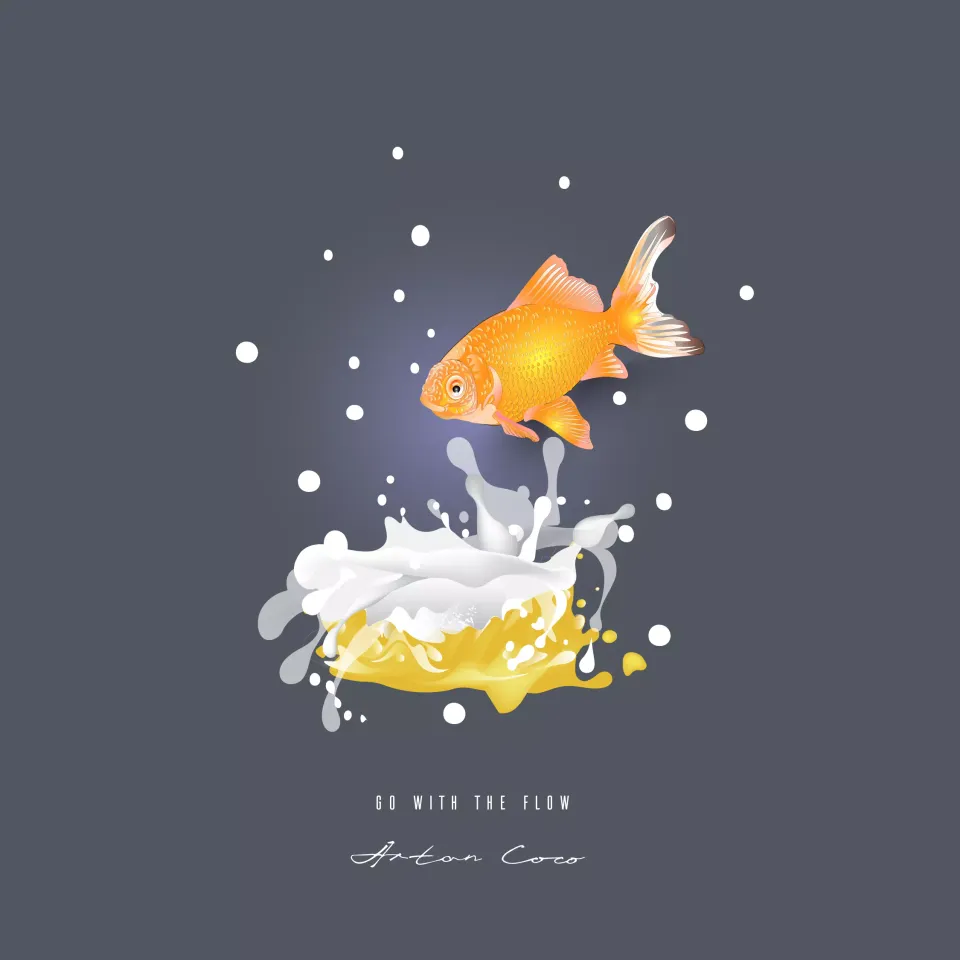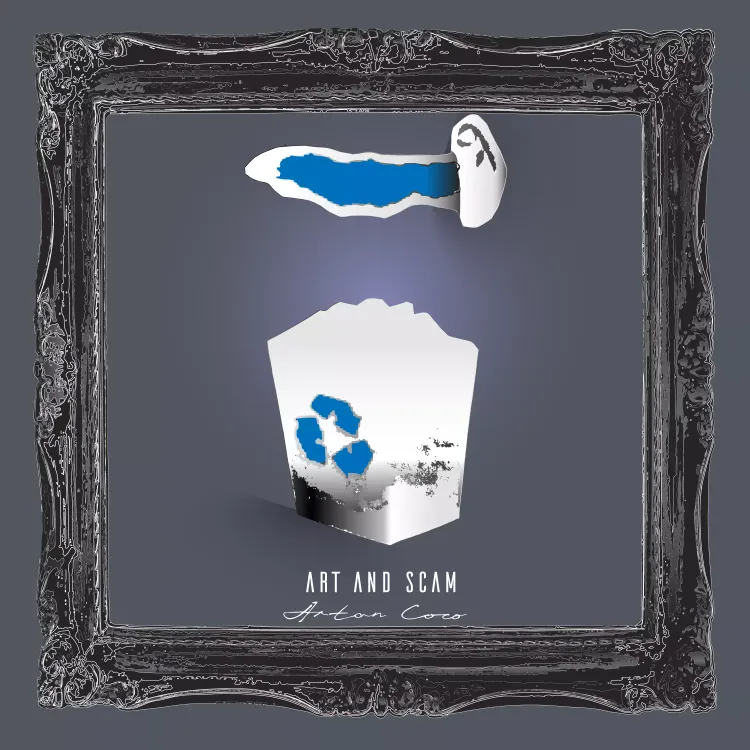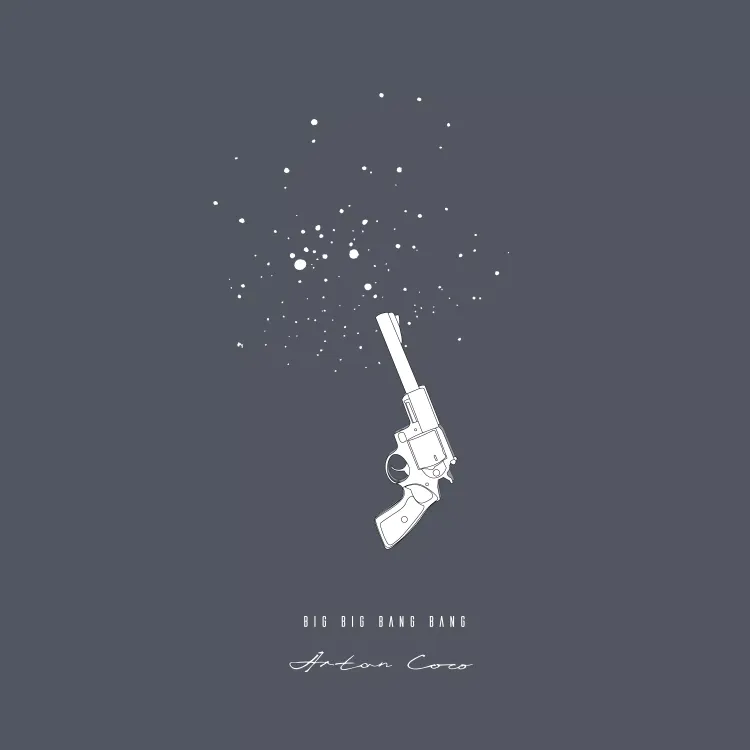Behind the Scenes: A Look at the Life Cycle of NFT Artwork Creation

NFTs, or non-fungible tokens, have taken the art world by storm, allowing artists to sell their digital creations as unique, one-of-a-kind pieces. But what goes into the result of an NFT artwork? From the initial creativity and design to the minting and sale, this guide will take you through the intricate life cycle of NFT artworks.
Ideation and Conceptualization
The first step in creating an NFT artwork is ideation and conceptualization. This involves brainstorming ideas, sketching out rough drafts, and deciding on the overall theme and style of the artwork.
Many NFT artists draw inspiration from various sources, including pop culture, current events, and personal experiences. Once the initial concept is established, the artist can bring their vision to life through digital art tools and software.
During this stage, artists will also think about how they want to execute their artwork. They'll consider what medium they wish to use, what style they want to go for, and what message they want to communicate. Once they understand what they want to do, they'll start putting together a plan for how to make it happen.
This process stage can be inspiring as the artist's vision takes shape. But it can also be challenging, as it's essential to ensure the concept is strong enough to carry through to the execution phase. However, any artist can create unique NFT art with careful planning and attention to detail.
Creation and Design
After the initial ideation and conceptualization phase, the NFT artist moves on to the creation and design phase. This involves using digital art tools and software to create the actual artwork. Depending on the artist's preferred style and medium, this could include anything from 3D modeling and animation to traditional 2D drawing and painting techniques.
The artist will typically spend a significant amount of time refining and perfecting their artwork during this phase, ensuring that it meets their vision and standards for quality.
NFT artwork is created through digital sculpting, 3D modeling, and animation. The artists begin by creating a base mesh, refined and detailed. Once the artist is happy with the results, they will render the artwork into a 2D image or video file. This file is then uploaded to an online marketplace or exchange, where it can be bought or sold as an NFT.
Creating NFT artwork can be time-consuming, but the results can be stunning. By taking the time to develop high-quality paintings, NFT artists can produce unique and valuable pieces that can be enjoyed by collectors and enthusiasts alike.
Once the artwork is complete, the artist will move on to the next phase of the NFT artwork life cycle: minting.
Minting and Tokenization
Minting is creating a unique digital token that represents the NFT artwork. This token is then added to a decentralized ledger that tracks ownership and transaction history.
The artist will typically use a platform like OpenSea or Foundation to mint their NFT artwork, setting a starting price and determining the number of editions available.
Once the artwork is minted, it can be listed for sale on various NFT marketplaces, where collectors can bid on and purchase it using cryptocurrency. In addition, the artist typically receives a percentage of the sale price each time their artwork is sold, creating a potential ongoing revenue source.
Tokenization is the process of transforming a physical asset or artwork into a digital token. This token can then be stored on a blockchain, making it tradeable, liquid, and verifiable.
With tokenization, people can own fractions of an asset or artwork, allowing for more efficient and secure purchase trading. Tokenization also allows more transparent pricing and ownership tracking with less risk of fraud or manipulation.
Listing and Selling
Once the NFT artwork has been minted, the artist can list it for sale on various NFT marketplaces. These marketplaces allow collectors to browse and purchase NFT artwork using cryptocurrency. The artist will typically set a starting price for their artwork and may also choose a reserve price, the minimum amount they are willing to accept for the painting.
Collectors can then bid on the artwork, with the highest bidder winning the auction.
Alternatively, the artist may sell their artwork at a fixed price. Once the artwork is sold, the transaction is recorded on the blockchain, and the new owner can display and trade the artwork as they see fit.
In addition to selling their artwork, the artist may also choose to rent out or license their artwork for a certain period. This allows collectors and businesses to use the artwork in promotional materials and other applications without purchasing it outright.
Maintenance and Preservation
Once an NFT artwork has been sold, the artist must maintain and preserve it to ensure its longevity and value. This includes storing the artwork in a secure digital wallet, backing up the artwork files, and keeping track of any updates or changes made to the artwork.
Additionally, the artist may choose to create limited edition versions of their artwork, which can increase its value and exclusivity. Finally, proper maintenance and preservation can help ensure the artwork remains valuable and sought-after in the NFT marketplace.
Ensuring that the NFT is appropriately stored and preserved is also essential. This can be done by securing the digital wallet in which it is hosted, ensuring that no unauthorized changes are made to the artwork, and regularly backing up the artwork files.
Additionally, artists should keep track of updates or modifications to their artwork and consider creating limited-edition versions for increased value and exclusivity. By taking these steps, artists can help ensure that their NFTs remain valuable in the NFT marketplace.




